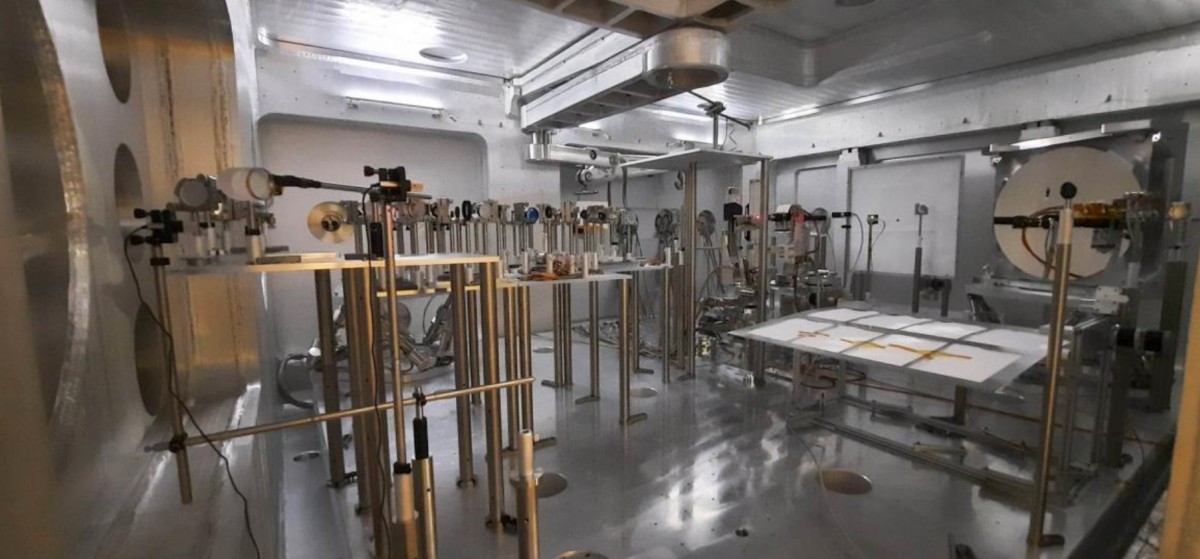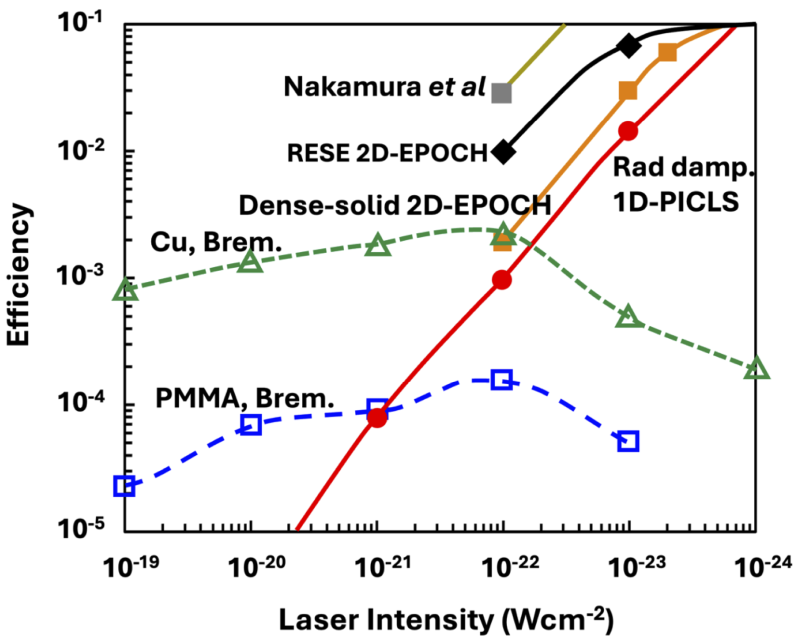Laser-driven Ion Acceleration
Ion acceleration can be driven via laser-matter interaction. The intense electromagnetic field of the laser
is able to accelerate electrons to relativistic energy, creating a charge unbalance in the plasma, which in
turn generates strong currents of electrons and ions. With the existing multi-petawatt lasers, intensities of
the order of 1022 Wcm-2 can be achieved. Such high intensities can easily accelerate ions to many tens of MeV
per nucleon. Record high energies of 150 MeV for protons and 110 MeV/u for carbon ions have been achieved at
ELI-NP employing the 10 PW laser system. Several mechanisms are recognized to be able to accelerate ions,
resulting in different beam characteristics. Still, much research is needed to understand and optimize such
acceleration mechanisms with respect to laser and target features. This research topic is of interest to
several applications, among which are Nuclear Physics and Cancer therapy.


